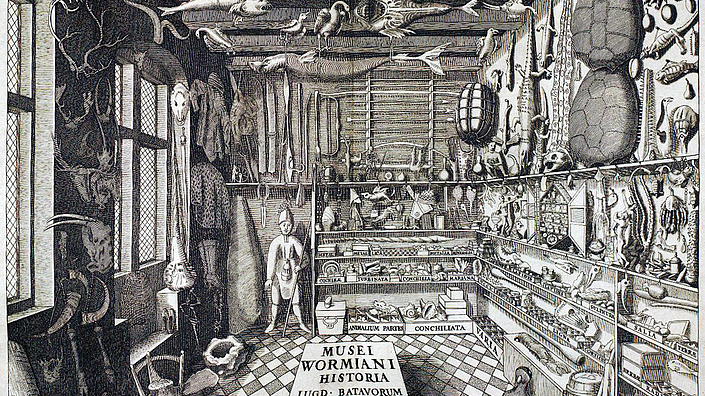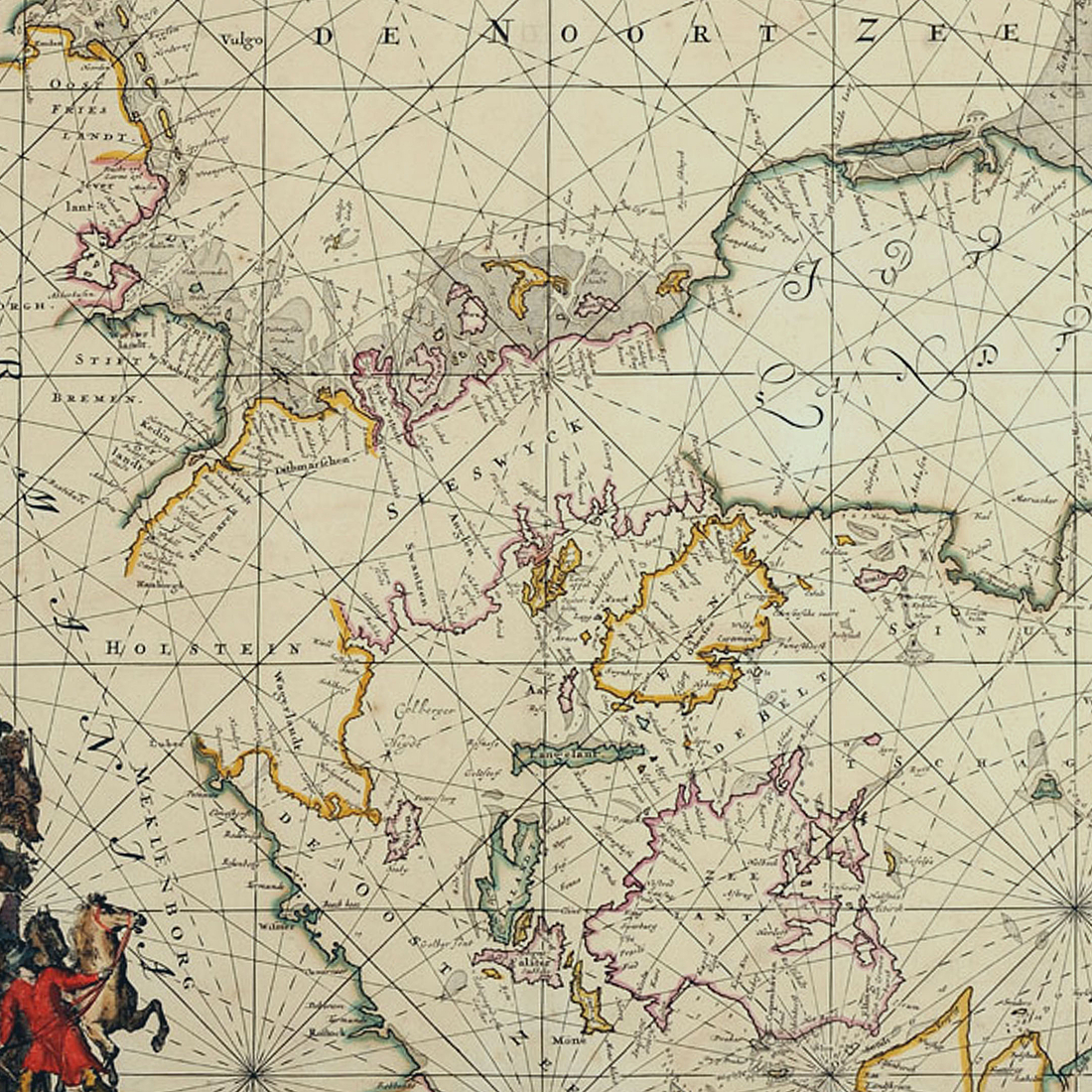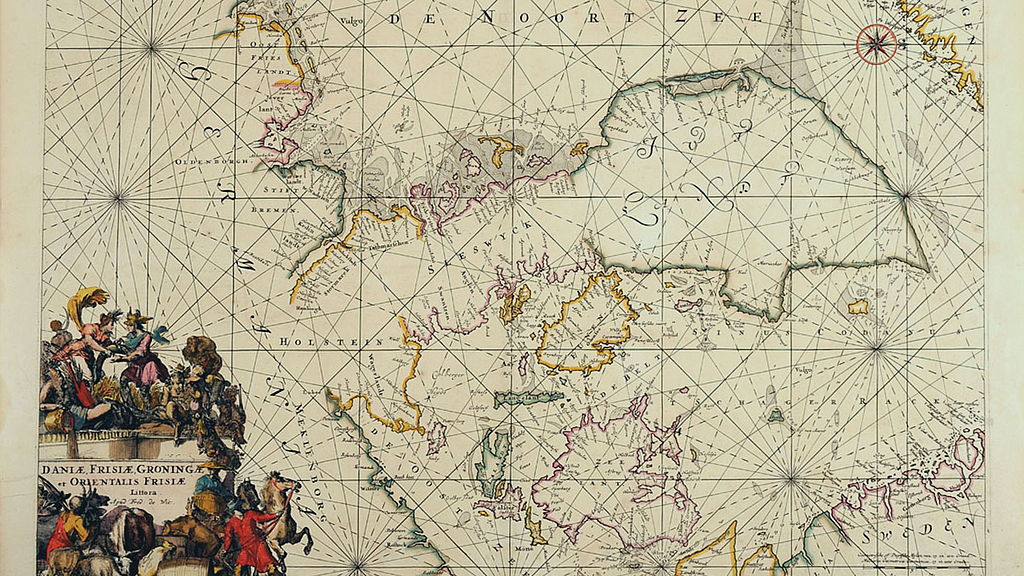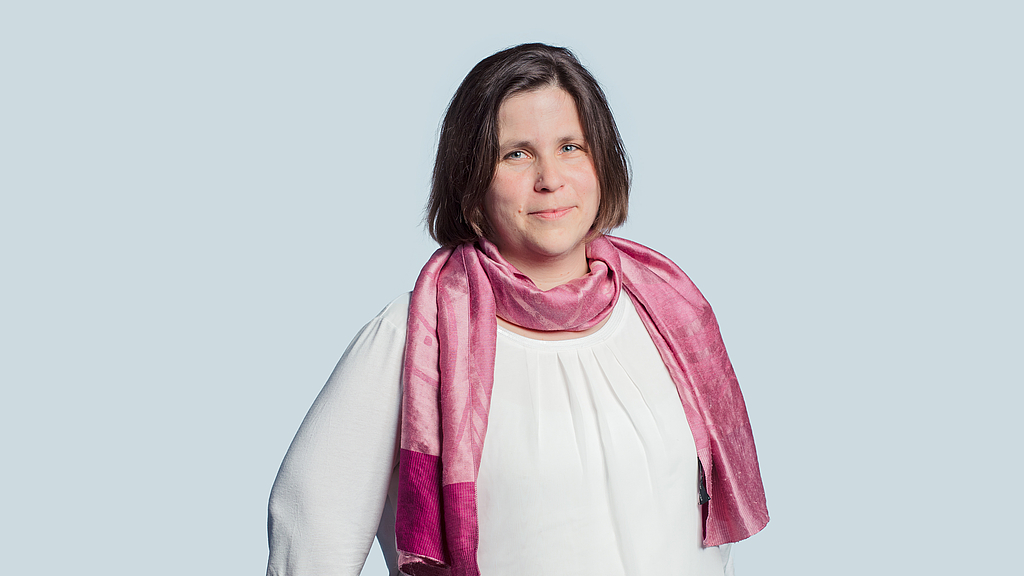Knowledge on tour
"Knowledge on tour – Shipping, logistics and the genesis of European collections (16th to the 20th centuries)" is a research project at the German Maritime Museum in Bremerhaven.
Before the invention of trains and aeroplanes, most objects, particularly when they were coming from non-European countries, travelled on ships. This simple fact might seem banal at first thought but its very banality is probably the reason why it has not been discussed before now in any major histories of globalisation or knowledge. In this way, it is often the protagonists and spaces that are conspicuous in approaches for dealing with national or purely European-focused history of transfer and interrelation, even when the first work concentrates on objects and their dissemination channels. However, the fact revealed by a second glance that the majority of all knowledge-relevant, known objects were transported by ship well into the 19th and even 20th centuries throws up basic questions on the connections between technology, space, protagonist and object. These provide insights into transfer, materiality and knowledge creation.
Transport influenced the selection of objects by collections and their later value
Transport by sea involved certain material framework conditions arising from the selection of the objects to be transported according to their size and conservability. It thus structured the selection of objects and with this also the reification of knowledge inventories. In addition, the documentation of ships' cargoes also necessarily contributed to the structuring of knowledge inventories. These factors contributed where possible to the canonisation of certain knowledge inventories – a hypothesis which must be tested in further research.
The dangers that were associated with sea transport also added value to the object in a certain way and in a respectively different way before and after the journey: Before the journey, it had to be considered whether unique items could really be entrusted to ship transport or whether this should be the case only for items that had a double. After the journey, successful transportation contributed to a semantic appreciation of the object since it had not fallen victim to a shipping accident despite its fragility. In contrast to the considerations before the start of the journey, it now had an aura of uniqueness, evoked through the successful ocean passage and which was bound in many cases with its "discoverers" and transporters who wanted to make a name for themselves through it, i.e. the explorers in question and also the ship owners and their families.
The role of commercial shipping in the genesis of natural history collections in northern Germany in the 19th century
(Sub-project conducted by Talip Törün)
The project looks at the genesis of academic collections in the north of Germany and focuses on the role of commercial shipping. This is in contrast to the comparatively well-documented part by maritime research. Under the premises of seeking out trade routes, overseas ports, markets and networks were linked back to objects in museums and university collections. The transport situations were examined just like the technical influences of shipping or questions of conservation in the selection of the objects.
Protagonists in shipping, trade and research of the 19th century in north-western Germany from the global micro-perspective
(Sub-project by Tobias Goebel)
The dissertation examines the interplay in the genesis of northern German collections and systems of knowledge and the lives and influence of those people involved whose lives were characterised by overseas sailing. The period of investigation comprises the decades from around the middle of the 19th century to the outbreak of the First World War. The goal is to examine the global references of these collections in the context of an interdisciplinary history of knowledge, based on the journeying protagonists in view of their natural-history-related commissions under the aegis of trading companies in northern Germany, as well as their direct value and later intended use for the same. This is determined through reciprocal effects and/or the interlocking of economic, cultural, political etc. factors. The retroactive influence of the interaction with the, for them, foreign people and the natural-scientific work as well as logistics at sea and overseas in the context of the countries visited is also a significant connecting factor. From this, the idea arises of an entangled history between northern German ports and the "South Seas" (as understood in the broadest sense), which functions as a common reference point. The starting point for examinations is provided by significant collections that were unmistakably economic in character: the former Museum Godeffroy in Hamburg and the Übersee-Museum in Bremen. A global micro-history approach should be used methodically for solving the questions arising.
Term: 2015-2018
Participants:
DSM: Prof. Dr. Ruth Schilling (head); Tobias Goebel (doctoral candidate); Talip Törün (doctoral candidate); Charlotte Colding Smith (associated); PD Dr. Jens Ruppenthal (associated); Dr. Martin Weiss (associated).
External: Prof. Dr. Dagmar Freist (University of Oldenburg, advisory); Prof. Dr. Lynn Nyhart (University of Wisconsin, supervision of sub-project 1); Prof. Dr. Martin Rheinheimer (DSM Scientific Advisory Board/Syddansk Universitet, advisory); Prof. Dr. Iris Schröder (Gotha Research Centre/University of Erfurt, supervision of sub-project 2).
Related articles
-Ships as media of knowledge generation
We study the significance of shipping for the collection of data and the generation of knowledge. After all, without ships, there would be a lot we wouldn't know about the Earth.




